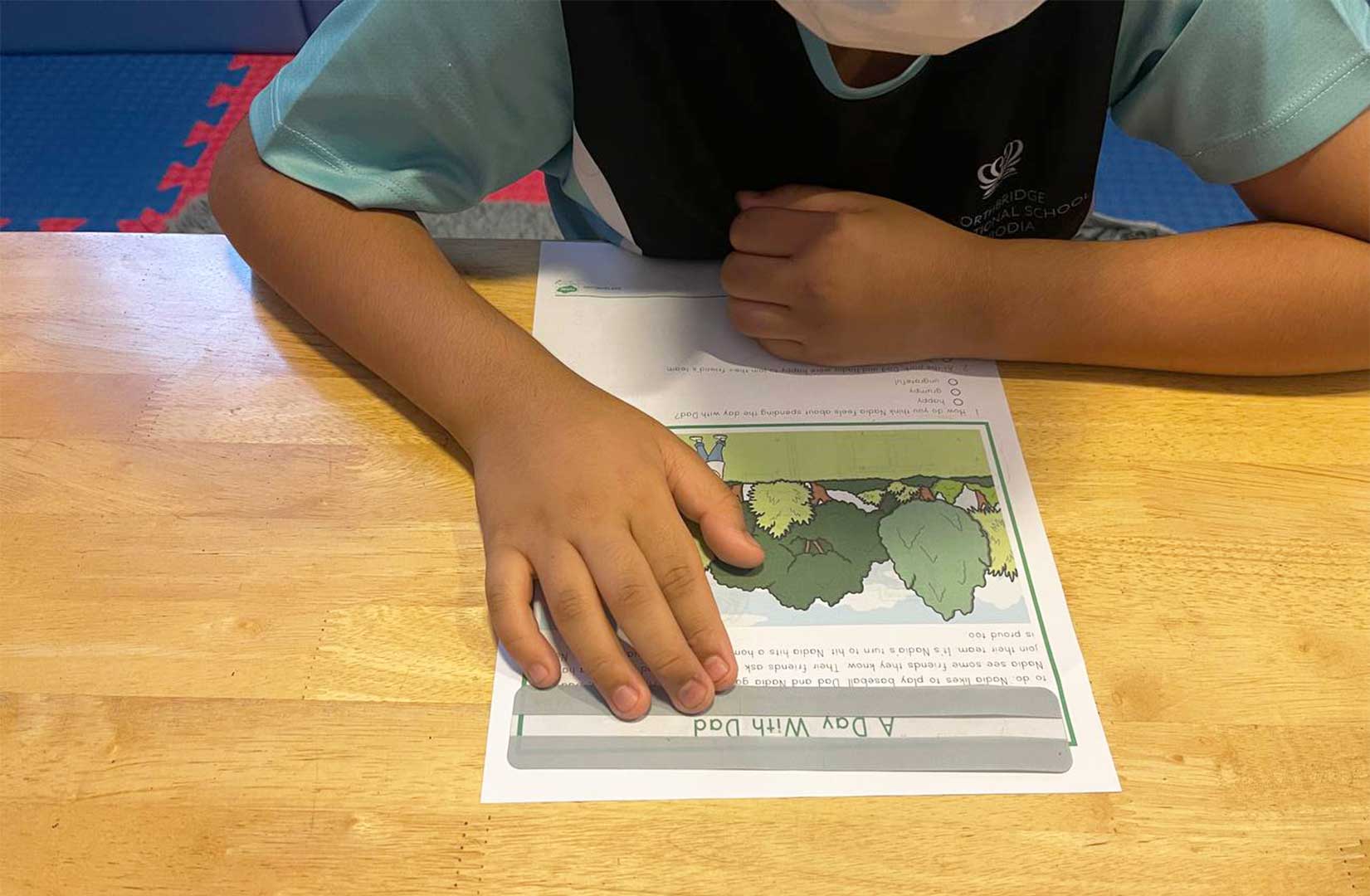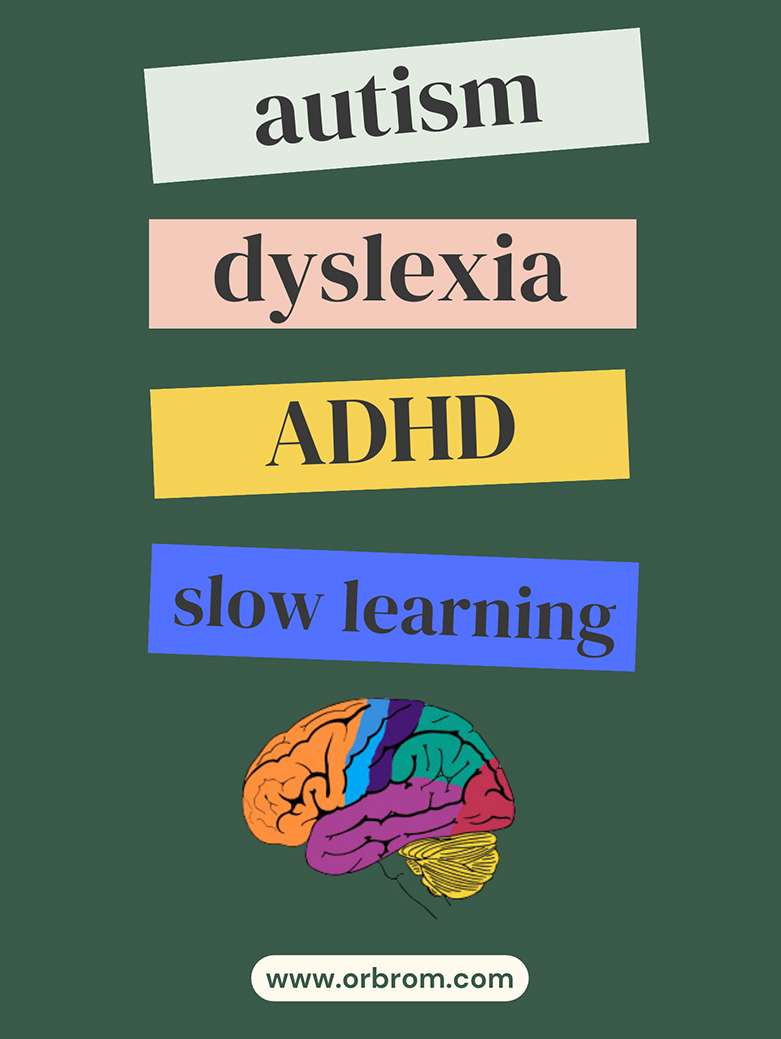Dyslexia is a learning disability that affects how children read and process language. It’s a common disorder, affecting about 5% of the population. Dyslexia can make it difficult for children to learn to read, write, and spell. But with the right teaching approach, children with dyslexia can learn to read and succeed in school.
One of the best ways to teach kids with dyslexia to read is to use a structured literacy approach. This approach is based on the idea that reading is a complex skill that needs to be taught in a step-by-step way. Structured literacy programs teach children the basics of reading, such as phonics, decoding, and fluency.
Another important part of teaching kids with dyslexia to read is to use multisensory instruction. This means using a variety of senses, such as sight, sound, touch, and movement, to help children learn. For example, you might write a word in shaving cream while saying it out loud. Or, you might have your child tap out the syllables in a word.
Here are some specific tips for teaching kids with dyslexia to read:
- Start with the basics. Teach your child the alphabet and the sounds that each letter makes. Then, teach them how to blend sounds together to form words.
- Use a variety of teaching methods. Some kids with dyslexia learn best by seeing, while others learn best by hearing or doing. Try to use a variety of teaching methods to reach all learners.
- Be patient and supportive. Learning to read can be difficult for kids with dyslexia. Be patient and supportive, and celebrate their successes along the way.
Here are some additional tips for teaching kids with dyslexia to read:
- Use visual elements in learning. This could involve using flashcards, word walls, or other visual aids to help children learn new words.
- Involve body movement in learning. This could involve having children clap out syllables, stomp their feet to indicate the number of syllables in a word, or write words in the air with their fingers.
- Use an explicit, systematic approach to teaching reading. This means teaching reading skills in a logical order and providing clear and direct instruction.
- Read out loud in order to utilize the auditory pathway to the brain. This can help children to learn the correct pronunciation of words and to develop an understanding of the rhythm and flow of language.
Here are some specific activities that you can do to help your child with dyslexia learn to read:
- Play word games. There are many word games that can help children learn phonics and decoding skills. For example, you can play a game where you say a word and your child has to clap out the syllables. Or, you can play a game where you give your child a list of words and they have to find all of the words that start with the same sound.
- Read to your child every day. Reading to your child is one of the best ways to help them develop a love of reading. It also exposes them to new vocabulary and helps them to learn about the rhythm and flow of language.
- Have your child read to you. Once your child is able to read some words on their own, have them read to you. This will help them to practice their reading skills and to develop confidence in their reading abilities.
- Use technology to help your child learn. There are many educational apps and websites that can help children with dyslexia learn to read. These resources can provide additional practice and support for your child.
If you are concerned that your child may have dyslexia, talk to their teacher or a learning specialist. They can assess your child’s reading skills and recommend appropriate interventions. With the right support, children with dyslexia can learn to read and succeed in school.








Leave A Comment